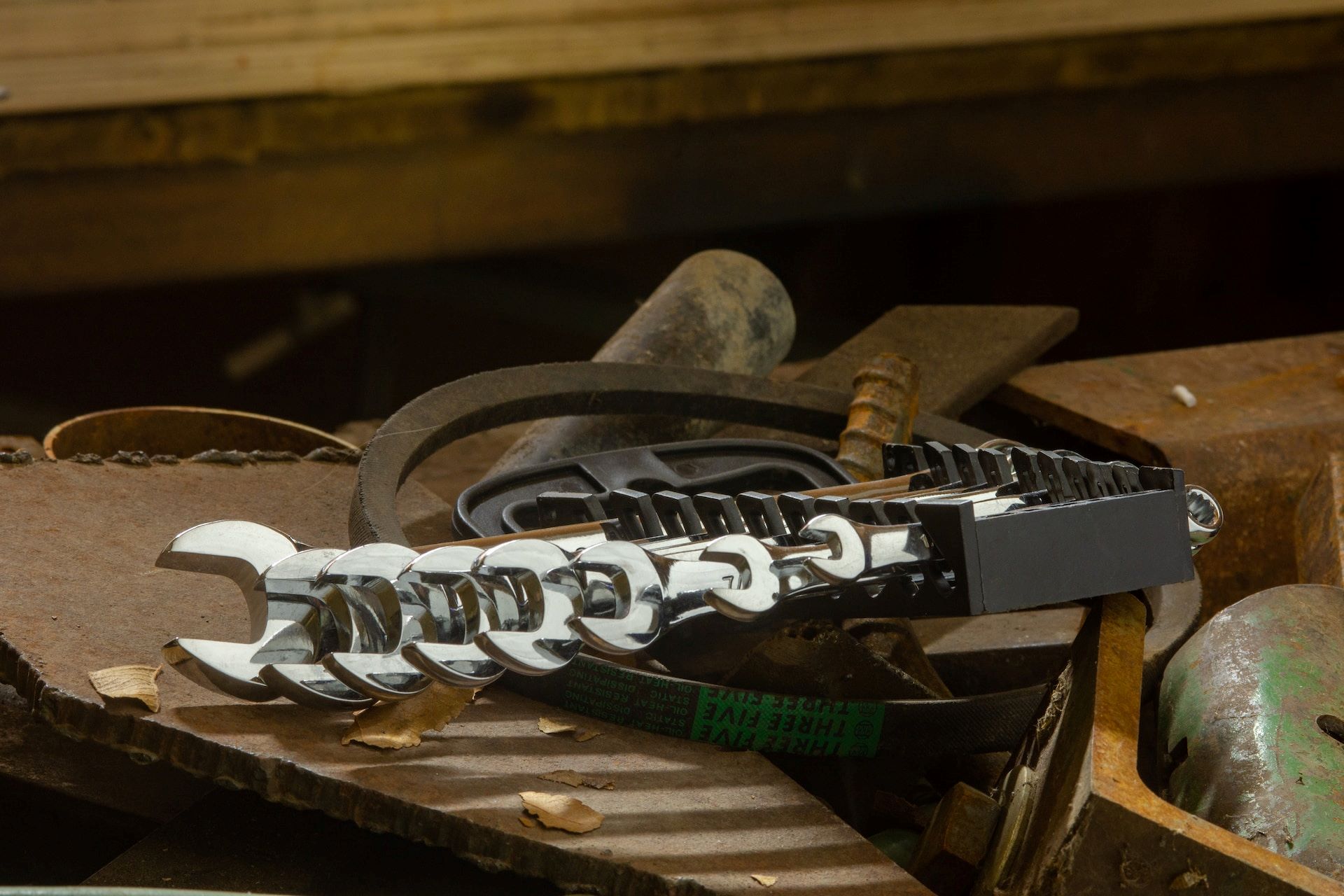

Articles
What Hand Tools Should I Buy
Modified: September 1, 2024
Discover the essential articles on what hand tools to buy. Expert advice and recommendations for beginners and DIY enthusiasts.
(Many of the links in this article redirect to a specific reviewed product. Your purchase of these products through affiliate links helps to generate commission for Storables.com, at no extra cost. Learn more)
Introduction
Welcome to the world of DIY! Whether you’re a seasoned do-it-yourselfer or just starting out, having the right tools is essential for any home improvement project. While power tools offer convenience and speed, hand tools are the backbone of any toolbox. They provide precision, versatility, and the satisfaction of getting the job done with your own two hands. In this article, we will explore the top hand tools every DIYer should have in their arsenal.
From tightening screws to measuring dimensions, these hand tools will come in handy for a wide range of projects around the house. Not only will they save you time and money, but they will also empower you to tackle various tasks with confidence. So, let’s dive into the essential hand tools that should be on your shopping list.
Key Takeaways:
- Essential Hand Tools for Every DIYer
From screwdrivers to chisel sets, these hand tools are indispensable for any DIYer. They provide precision, versatility, and control, empowering you to tackle a wide range of home improvement projects with confidence. - Safety First: Electrical Tester
When it comes to electrical work, safety is paramount. An electrical tester is an essential tool for ensuring circuits are de-energized, minimizing the risk of electrical shocks or accidents. Always prioritize safety when working with electrical components.
Read more: Where Can I Buy Sk Hand Tools
Essential Hand Tools for Every DIYer
When it comes to hand tools, there are a few staple items that every DIYer should have in their toolbox. These tools are versatile, durable, and can handle a wide range of tasks. Let’s take a look at each one:
- Screwdrivers: A set of screwdrivers is a must-have for any DIYer. They come in various sizes and types, including flathead and Phillips head, and can be used for everything from assembling furniture to fixing loose screws.
- Pliers: Pliers are incredibly versatile and can be used for gripping, cutting, and bending. They are essential for electrical work, wire twisting, and even removing nails. Look for a set with both needlenose and standard pliers.
- Hammer: A hammer is a fundamental tool in any toolbox. From hanging pictures to driving nails, a good quality hammer will help you complete a wide range of tasks. Opt for a hammer with a comfortable grip and a claw for removing nails.
- Tape Measure: Accurate measurements are crucial for a successful DIY project. A tape measure allows you to measure lengths, widths, and heights with precision. Look for a tape measure that is at least 25 feet long, with metric and imperial measurements.
- Utility Knife: A utility knife is perfect for cutting through various materials such as cardboard, rope, and plastic. It’s a versatile tool that will come in handy for opening packages, trimming edges, and making precise cuts.
- Adjustable Wrench: An adjustable wrench is a must-have for any plumbing or mechanical task. This versatile tool allows you to tighten or loosen nuts and bolts of different sizes. Look for one with a comfortable handle and a sturdy design.
- Level: When it comes to hanging pictures, shelves, or installing fixtures, a level is your best friend. It ensures that everything is straight and aligned. Look for a level with both horizontal and vertical vials.
- Hand Saw: While power saws are great for large projects, a hand saw is essential for smaller cuts or tasks that require more precision. Look for a hand saw with a comfortable grip and sharp teeth for smoother cuts.
- Chisel Set: Chisels are perfect for woodworking projects, removing excess wood, or creating intricate designs. Look for a set with various sizes and shapes to handle different tasks with ease.
- Clamps: Clamps are useful for holding pieces together securely while glue dries or when you need an extra hand. They come in various sizes and designs, including C-clamps, bar clamps, and spring clamps.
- Electrical Tester: If you plan on doing any electrical work, an electrical tester is a must-have tool. It helps you determine if a circuit is live or not, ensuring your safety. Make sure to choose a tester that is easy to use and provides accurate readings.
These hand tools will form the foundation of your DIY toolkit, allowing you to tackle various projects with confidence. Investing in quality tools will not only make your work more efficient but also ensure their longevity. Remember, it’s always better to have the right tool for the job!
Screwdrivers
Screwdrivers are a fundamental tool that every DIYer should have in their toolbox. They come in various sizes and types, including flathead and Phillips head, and are used for tightening or loosening screws. From assembling furniture to fixing loose cabinet handles, screwdrivers are essential for a wide range of projects.
When choosing screwdrivers, it’s important to consider the handle design and the quality of the tips. Look for screwdrivers with comfortable and ergonomic handles that provide a good grip. This will prevent hand fatigue and allow for better control while using the tool. The tips of the screwdrivers should be made of durable materials like hardened steel to withstand repeated use without getting damaged.
It’s also a good idea to invest in a set of screwdrivers rather than just a single one. A set will give you a variety of sizes and types to choose from, ensuring that you have the right tool for any job. Plus, having multiple screwdrivers will save you time by eliminating the need to constantly switch out bits.
One key tip when using screwdrivers is to make sure to match the size and type of screwdriver to the screw head. Using the wrong size or type can result in stripped screw heads, making it challenging to remove or tighten them. Additionally, make sure to apply steady pressure while using the screwdriver to avoid slipping and damaging the surrounding surface.
Overall, screwdrivers are a versatile, must-have tool for any DIYer. They are simple yet essential for many everyday tasks. So, make sure to include a set of screwdrivers in your toolbox to handle all your screw-related needs!
Pliers
Pliers are one of the most versatile hand tools in any DIYer’s toolbox. They are essential for gripping, cutting, and bending different materials. With their adjustable jaws, pliers can handle a wide variety of tasks, making them a must-have tool for any home improvement project.
When it comes to pliers, there are several types to choose from, including needlenose pliers, combination pliers, and locking pliers. Needlenose pliers have elongated jaws that are ideal for reaching into tight spaces and holding small objects. Combination pliers, also known as lineman’s pliers, have jaws that can grip, cut, and twist wires. Locking pliers, such as Vise-Grips, have a mechanism that allows them to lock onto objects, providing a strong and secure grip.
When purchasing pliers, it’s important to consider the quality of the tool. Look for pliers that are made from durable materials like forged steel, as they will be able to withstand heavy use without bending or breaking. The handles should be comfortable to grip and provide good leverage for easy handling.
Pliers can be used in a variety of DIY projects. For example, they are indispensable when working with electrical wires, as they can strip insulation, crimp connectors, and tighten terminals. Pliers are also useful for bending and shaping metal or plastic, making them handy for jewelry making, bending pipes, or even fixing broken household items.
When using pliers, it’s important to choose the right size and type for the task at hand. Using the wrong pliers can result in stripped wires or damage to the material you are working with. Additionally, always wear appropriate safety gear, such as gloves, when using pliers to protect your hands from injury.
Overall, pliers are a versatile and essential tool for any DIYer. With their ability to grip, cut, and bend materials, they will prove useful in a wide range of projects. So, make sure to have a set of pliers in your toolbox for all your gripping and cutting needs!
Hammer
A hammer is an indispensable tool in any DIYer’s arsenal. From hanging pictures to driving nails, a good quality hammer is essential for a wide range of tasks. Its versatility and simplicity make it a must-have for every home improvement project.
When it comes to hammers, there are different types to choose from, but the most common one is the claw hammer. This type of hammer features a flat striking surface on one side and a curved claw on the other. The claw is used for pulling out nails or prying off materials, making it a versatile tool for various tasks.
When selecting a hammer, you should consider a few key factors. First, consider the weight and balance of the hammer. It should feel comfortable in your hand and be easy to swing. Additionally, look for a hammer with a durable handle made from materials like wood, fiberglass, or steel. The handle should also have a comfortable grip to prevent slipping.
For general household tasks, a 16-ounce hammer is usually sufficient. However, if you anticipate heavier-duty projects, such as construction or demolition work, you may want to opt for a heavier hammer. Just keep in mind that a heavier hammer may require more strength and could cause fatigue during prolonged use.
Whether you’re driving nails into wood or removing old fixtures, it’s important to use the proper technique with a hammer. When driving a nail, hold the hammer near the base of the handle and aim for the center of the nail head. Use controlled strikes to drive the nail into the material. To remove a nail, position the claw underneath the head of the nail and apply leverage by pushing down on the handle.
In addition to its primary use of driving and removing nails, a hammer can also be used for other tasks. You can use it for light demolition work, like breaking down small structures or removing tiles. It can also be handy for tapping things into place or adjusting tight-fitting pieces.
Overall, a hammer is an indispensable tool for any DIYer. Its versatility, durability, and ease of use make it a must-have for a wide range of projects. So, make sure to have a reliable hammer in your toolbox to tackle all your hammering needs!
Read more: What Is The Best Hand Tools To Buy
Tape Measure
A tape measure is an essential tool for any DIYer. Accurate measurements are crucial for a successful home improvement project, and a tape measure allows you to measure lengths, widths, and heights with precision.
When selecting a tape measure, there are a few key factors to consider. First, consider the length of the tape measure. A tape measure that is at least 25 feet long is generally recommended, as it provides enough length for most household tasks. Additionally, look for a tape measure that features both metric and imperial measurements. This will allow you to work with different units of measurement depending on your needs.
Another important consideration is the durability of the tape measure. Look for one that has a sturdy tape that won’t easily fray or stretch. The tape should have clear, easy-to-read markings, and a reliable locking mechanism to hold the tape in place when extended.
When using a tape measure, there are a few tips to keep in mind to ensure accurate measurements. Start by hooking the end of the tape onto the edge of the object or surface you’re measuring. Then, extend the tape and hold it taut against the surface you’re measuring. Make sure the tape is parallel to the surface to avoid any discrepancies in the measurement. Finally, read the measurement where the zero mark lines up with the other end of the object or surface you’re measuring.
A tape measure can be used for a wide variety of DIY projects. From measuring the dimensions of a room for furniture placement to determining the proper length of materials for a woodworking project, a tape measure is a versatile tool that will come in handy time and time again.
Additionally, a tape measure can be used to ensure accuracy when marking or cutting materials. By measuring and marking precise lengths, you can avoid costly mistakes and ensure that your pieces fit together perfectly.
Overall, a tape measure is a vital tool for any DIYer. Its ability to provide accurate measurements is crucial for successful projects. So, make sure to have a reliable tape measure in your toolbox to tackle all your measuring needs!
Utility Knife
A utility knife is a versatile and essential tool for any DIYer. Its sharp blade and compact design make it perfect for a wide range of tasks, from opening packages to making precise cuts in various materials.
When choosing a utility knife, there are a few features to consider. Look for a knife with a retractable blade that can be locked at different lengths. This allows for safe and easy blade adjustments depending on the task at hand. Additionally, consider the handle design for comfort and grip. Some utility knives offer ergonomic handles with textured grips for better control.
The blades of a utility knife are typically replaceable, which is a convenient feature. Make sure to keep extra blades on hand so that you can easily replace them when needed. It’s important to ensure that the blades are sharp to avoid unnecessary effort or injury when cutting.
A utility knife is extremely versatile and can be used for a variety of tasks. Its primary purpose is to make precise cuts in various materials, such as cardboard, rope, plastic, or even drywall. Whether you’re trimming edges, scoring materials for accurate folding, or cutting through packaging, a utility knife provides the control and precision needed to accomplish these tasks effectively.
In addition to its cutting abilities, a utility knife can also be used for scraping or cleaning purposes. With the blade retracted, the back edge of the knife can be used to scrape off paint, adhesive residue, or caulk. This makes it a handy tool for preparing surfaces for painting or refinishing.
When using a utility knife, always exercise caution and follow safety guidelines. Keep your fingers away from the blade and use proper cutting techniques. Always work on a stable and secure surface, and when changing blades, ensure the knife is fully retracted and the blade is securely locked in place.
In summary, a utility knife is a versatile tool that every DIYer should have in their toolbox. Its ability to make precise cuts and its versatility in various applications make it an essential tool for a wide range of projects. So, make sure to have a reliable utility knife in your toolbox to tackle all your cutting and scraping needs!
Invest in a good quality set of basic hand tools such as a hammer, screwdrivers, pliers, wrenches, and a tape measure. Look for durable materials and comfortable grips for ease of use.
Adjustable Wrench
An adjustable wrench is a must-have tool for any DIYer, especially when it comes to plumbing or mechanical tasks. This versatile tool allows you to tighten or loosen nuts and bolts of different sizes, making it an essential addition to your toolbox.
When selecting an adjustable wrench, there are a few factors to consider. Look for a wrench with a sturdy and durable construction. Opt for one with a smooth and precise adjustment mechanism that allows you to easily change the jaw size. The handle should provide a comfortable grip to prevent hand fatigue during prolonged use.
The jaws of an adjustable wrench can be opened and closed to fit nuts and bolts of various sizes. To adjust the wrench, simply turn the knurled adjustment screw until the jaws are snugly around the fastener. Make sure the wrench is properly positioned on the fastener and apply steady pressure to loosen or tighten it. For added grip and to prevent slipping, make sure the flat sides of the jaws are in contact with the fastener.
An adjustable wrench is perfect for a wide range of DIY tasks. It can be used for plumbing projects, such as tightening or loosening fittings and pipes. It can also be handy for working on mechanical components, like vehicle repairs or assembling furniture. Its versatility allows it to handle different sizes of nuts and bolts, eliminating the need for multiple wrenches.
One tip to keep in mind when using an adjustable wrench is to ensure a proper fit. Using a wrench that is too loose or too tight on a fastener can damage both the wrench and the fastener. Take the time to adjust the wrench correctly for each task to ensure a secure and snug fit.
Overall, an adjustable wrench is an essential tool for any DIYer. Its ability to handle various sizes of nuts and bolts makes it a versatile and valuable addition to your toolkit. So, make sure to have a reliable adjustable wrench to tackle all your plumbing and mechanical tasks!
Level
A level is an invaluable tool for any DIYer, ensuring that everything is straight and aligned. Whether you’re hanging pictures, installing shelves, or building furniture, a level will help you achieve professional-looking results.
When choosing a level, there are a few key factors to consider. First, look for a level with a sturdy construction and a high level of accuracy. This will ensure that your measurements are precise and your projects are properly aligned. Additionally, consider the length of the level. A longer level will provide more accurate readings over a larger area, but a smaller, pocket-sized level can be more convenient for certain tasks.
Most levels have horizontal and vertical vials, allowing you to check both horizontal and vertical alignment. Some levels even have additional vials for measuring angles, making them versatile for a wide range of projects.
Using a level is straightforward. Start by placing the level on a surface or object that you want to ensure is straight or level. Check the bubble in the vial to see if it is centered between the two lines. If it is, that means the surface is level. If the bubble is off-center, make adjustments until the bubble rests between the lines, indicating a level position.
Levels can be used for a variety of DIY projects. They are particularly useful for hanging pictures or mirrors, ensuring they are straight and properly aligned. When installing shelves, a level will help you achieve a level and balanced appearance. Additionally, a level can be used for larger construction projects, such as building fences or decks, to ensure that all components are properly aligned.
Using a level not only enhances the aesthetic appeal of your projects but also ensures their functionality. It eliminates the frustration of uneven surfaces or objects that aren’t properly aligned.
Overall, a level is an essential tool for any DIYer. Its ability to provide accurate measurements and ensure straightness and alignment makes it a vital addition to your toolbox. So, make sure to have a reliable level handy for all your leveling needs!
Hand Saw
A hand saw is an essential tool for any DIYer, providing the ability to make precise cuts in various materials. While power saws are great for larger projects, a hand saw is perfect for smaller cuts that require more precision.
When choosing a hand saw, there are a few factors to consider. First, look for a saw with sharp, fine teeth that will allow for smooth and clean cuts. Additionally, consider the length of the saw blade. Longer blades are ideal for cutting larger materials, while shorter blades are more maneuverable and suitable for intricate cuts.
Hand saws come in different designs for specific purposes. For example, a crosscut saw is designed to cut across the grain of the wood, while a rip saw is used to cut with the grain. There are also specialty hand saws for particular tasks, such as dovetail saws for woodworking joints or pruning saws for trimming branches.
When using a hand saw, it’s important to follow proper technique. Start by marking the cut line on the material using a pencil or marking tool. Then, position the saw blade on the correct side of the line, aligning the teeth with the mark. Apply gentle pressure at first and let the saw do the work as you begin to make the cut. Use smooth, steady strokes and avoid excessive force, which can cause the saw to bind or the blade to bend.
A hand saw can be used for a wide range of DIY projects. It’s ideal for tasks such as cutting through lumber, trimming door frames, or even building a treehouse. With practice, you’ll be able to achieve accurate and professional-looking cuts with a hand saw.
One advantage of using a hand saw is its portability and ease of use. It doesn’t require a power source or complicated setup, making it a versatile tool that you can take anywhere. Plus, it’s quieter and produces less dust compared to power saws.
Overall, a hand saw is an essential tool for any DIYer. Its ability to make precise cuts and its versatility in different applications make it a valuable addition to your toolkit. So, make sure to have a reliable hand saw in your toolbox to tackle all your cutting needs!
Chisel Set
A chisel set is an essential tool for any DIYer, especially for woodworking projects or tasks that require precise shaping, carving, or removing material. With a chisel set, you can create intricate designs, smooth rough edges, or make precise cuts in various materials.
When selecting a chisel set, there are a few key factors to consider. Look for a set that includes a variety of sizes and shapes to handle different tasks. Typically, chisel sets come with beveled-edge chisels, which are great for general-purpose woodworking, and straight-edge chisels, which are ideal for paring and scraping. The chisels should be made of high-quality, hardened steel to ensure durability and maintain a sharp cutting edge.
It’s important to keep your chisels sharp for optimal performance. Regularly sharpening them using a honing guide and sharpening stones will help maintain their cutting edge. Dull chisels not only make the task more difficult but can also be dangerous if they slip or skip during use.
When using a chisel, it’s important to follow proper technique to ensure safe and effective operation. Start by securing the material you are working on with clamps or a vice to prevent it from moving. Hold the chisel firmly and make controlled cuts by striking the top of the chisel with a mallet or hammer. It’s important to strike the chisel accurately to avoid damaging the material or injuring yourself. Use light, accurate taps rather than heavy blows to achieve the desired result.
A chisel set can be used for a variety of DIY projects. You can use it for woodworking tasks like carving intricate designs, shaping edges, or creating mortises and tenons. Chisels are also handy for removing excess wood or creating chamfers and bevels. Beyond woodworking, chisels can be useful for tasks like detailing ceramics, chipping away grout, or even removing stubborn paint.
With practice and patience, you can achieve professional-level results using a chisel set. Take the time to learn and master proper chiseling techniques, as they will enhance your skills and allow you to tackle a wide range of projects with confidence.
Overall, a chisel set is an indispensable tool for any DIYer involved in woodworking or tasks that require precision carving or shaping. Its ability to create intricate designs and remove material accurately make it a valuable addition to your toolbox. So, make sure to have a reliable chisel set on hand for all your woodworking and shaping needs!
Clamps
Clamps are essential tools for any DIYer, providing a secure hold on objects while you work on them. Whether you’re gluing, clamping, or assembling pieces, having a set of clamps in your toolbox will make your projects easier and more efficient.
When it comes to clamps, there are various types and sizes to choose from. Some common types include C-clamps, bar clamps, and spring clamps. C-clamps are versatile and can be used for a wide range of applications. Bar clamps are ideal for larger projects that require longer and stronger clamping pressure. Spring clamps, on the other hand, are smaller and more lightweight, making them convenient for lighter tasks or holding materials temporarily.
When selecting clamps, it’s important to consider the size and strength of the clamping capacity. The size of the clamp should be suitable for the project you’re working on, and its clamping capacity should be sufficient to hold the materials securely. Look for clamps with sturdy build quality and reliable mechanisms to ensure a strong and secure grip.
Clamps can be used for a wide range of DIY projects. They are particularly useful for holding pieces together while glue dries or when you need an extra hand. Clamps can also be handy for keeping materials aligned and in place while assembling furniture or frames. They provide stability and precision, allowing you to work with confidence.
In addition to their primary use for holding materials together, clamps can also be repurposed for other tasks. For example, you can use clamps as a makeshift vise by attaching them to a workbench or table edge. This allows you to secure materials for cutting, sanding, or shaping.
When using clamps, it’s important to ensure that they are positioned correctly and tightened securely. Make sure the clamps are evenly distributed to prevent uneven pressure or damage to the materials. Take care not to overtighten the clamps, as this can cause excessive pressure or deform the materials you’re working with.
Overall, clamps are indispensable tools for any DIYer. Their ability to hold materials securely and provide stability during projects makes them a valuable addition to your toolbox. So, make sure to have a set of versatile clamps on hand to tackle all your clamping needs!
Electrical Tester
An electrical tester is an essential tool for any DIYer who plans on doing electrical work. It helps you determine if a circuit is live or not, ensuring your safety while working with electrical components. Whether you’re installing new light fixtures or troubleshooting electrical issues, an electrical tester is an invaluable tool to have in your toolbox.
When selecting an electrical tester, there are a few key features to consider. Look for a tester that is easy to use and provides accurate readings. Some common types of electrical testers include voltage testers, multimeters, and non-contact voltage detectors.
A voltage tester is used to check the presence of electrical current in a circuit. It typically has two probes that need to be touched to the circuit or outlet being tested. The tester will indicate whether electricity is present or not, helping you determine if it’s safe to proceed with your work.
A multimeter is a more advanced electrical tester that can measure various electrical properties, including voltage, current, and resistance. It provides more detailed information and is especially useful for troubleshooting electrical issues.
A non-contact voltage detector is a handy tool for quickly checking the presence of voltage without having to make direct contact with the wires. It works by detecting the electromagnetic field produced by live electrical lines.
When using an electrical tester, always follow safety precautions. Make sure to turn off the power to the circuit you’re working on before testing it. Use the tester according to the manufacturer’s instructions and ensure that you are properly insulated from any potential electrical hazards.
Electrical testers are essential for a wide range of DIY electrical projects. They are particularly useful for installing light fixtures, outlets, or switches, as they allow you to verify that the circuits are not live before working on them. They are also invaluable for troubleshooting electrical problems, allowing you to identify the source of an issue and take appropriate actions.
Remember, when it comes to electrical work, safety should always be a top priority. Using an electrical tester is a reliable way to ensure that you’re working on de-energized circuits and minimizing the risk of electrical shocks or accidents.
Overall, an electrical tester is an indispensable tool for any DIYer working with electrical components. Its ability to detect live circuits and provide accurate readings makes it a vital addition to your toolbox. So, make sure to have a reliable electrical tester on hand for all your electrical projects!
Read more: What Mattress Should I Buy Reddit
Conclusion
In conclusion, having the right hand tools is crucial for any DIYer. These tools provide the precision, versatility, and control needed to successfully complete a wide range of home improvement projects. From screwdrivers to electrical testers, each tool serves a specific purpose and contributes to the overall efficiency and quality of your work.
We discussed some of the essential hand tools that every DIYer should have in their toolbox. Screwdrivers are fundamental for tightening screws and assembling furniture, while pliers provide a versatile grip for gripping, cutting, and bending. Hammers are indispensable for driving nails and handling various tasks, and tape measures ensure accurate measurements for precise cuts and installations.
Utility knives come in handy for opening packages and making precise cuts in various materials, while adjustable wrenches allow for tightening or loosening nuts and bolts of different sizes. Levels ensure that everything is straight and aligned, while hand saws provide the ability to make precise cuts in various materials.
Chisel sets are essential for woodworking projects and intricate carving, while clamps play a crucial role in securing materials during glue drying or assembly. Lastly, electrical testers are indispensable for safely working with electrical components and determining if circuits are live or not.
Having these hand tools in your toolbox not only enables you to complete a wide range of projects but also empowers you with the confidence to take on new challenges. Remember, investing in quality tools will enhance your work efficiency and ensure their longevity.
So, as you embark on your DIY journey, make sure to equip yourself with these essential hand tools. They will be your reliable companions, enabling you to tackle various tasks with precision and ease. Build your toolbox wisely, and enjoy the satisfaction of accomplishing your DIY projects with your own two hands!
Frequently Asked Questions about What Hand Tools Should I Buy
Was this page helpful?
At Storables.com, we guarantee accurate and reliable information. Our content, validated by Expert Board Contributors, is crafted following stringent Editorial Policies. We're committed to providing you with well-researched, expert-backed insights for all your informational needs.
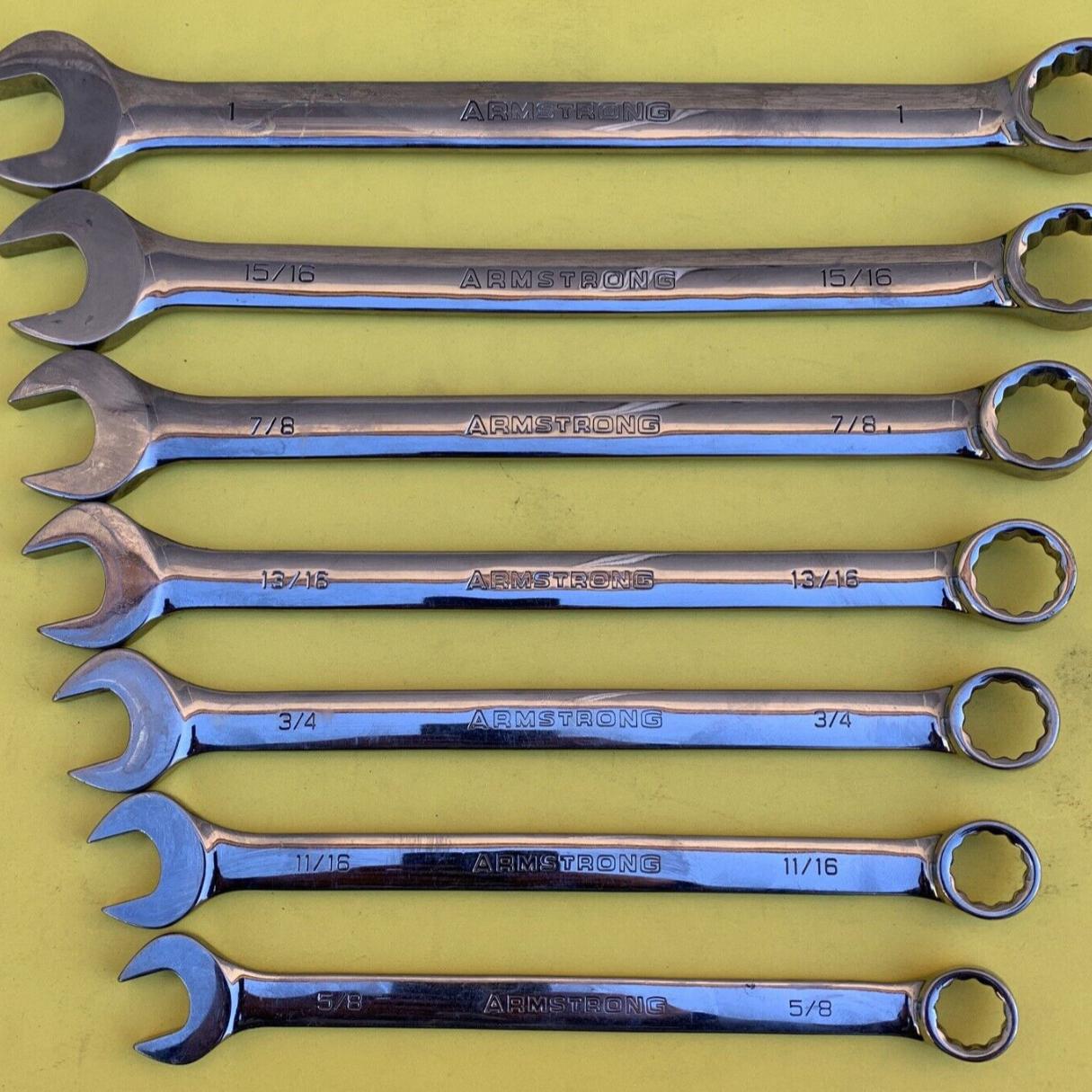
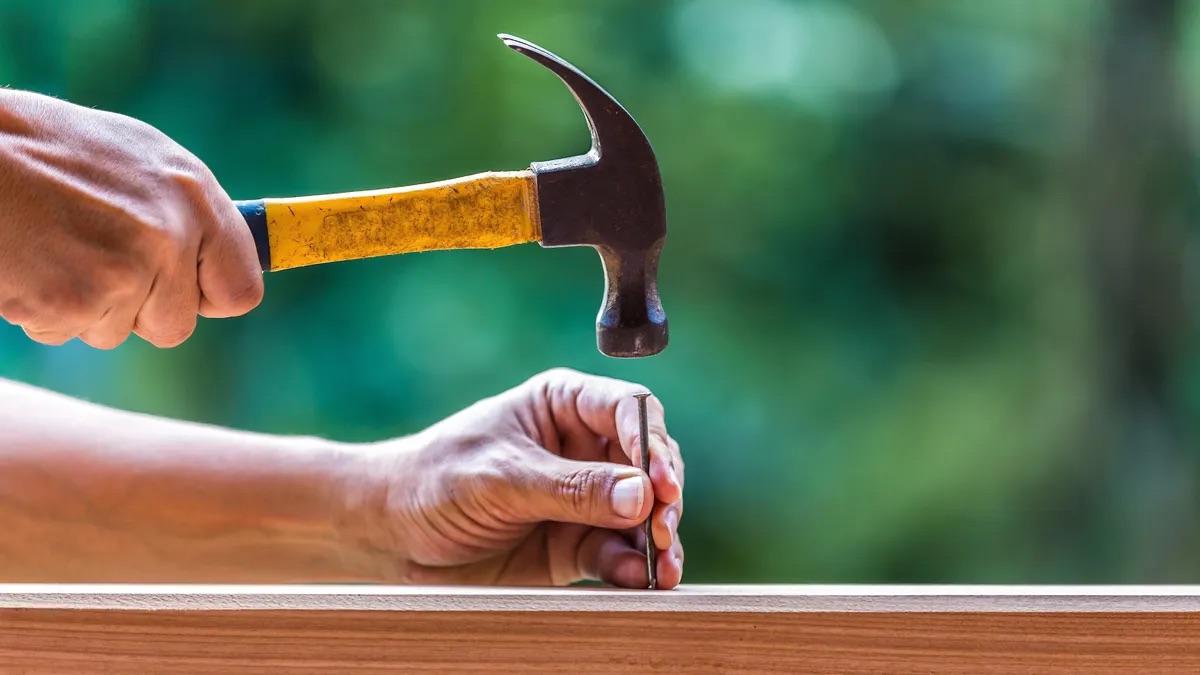
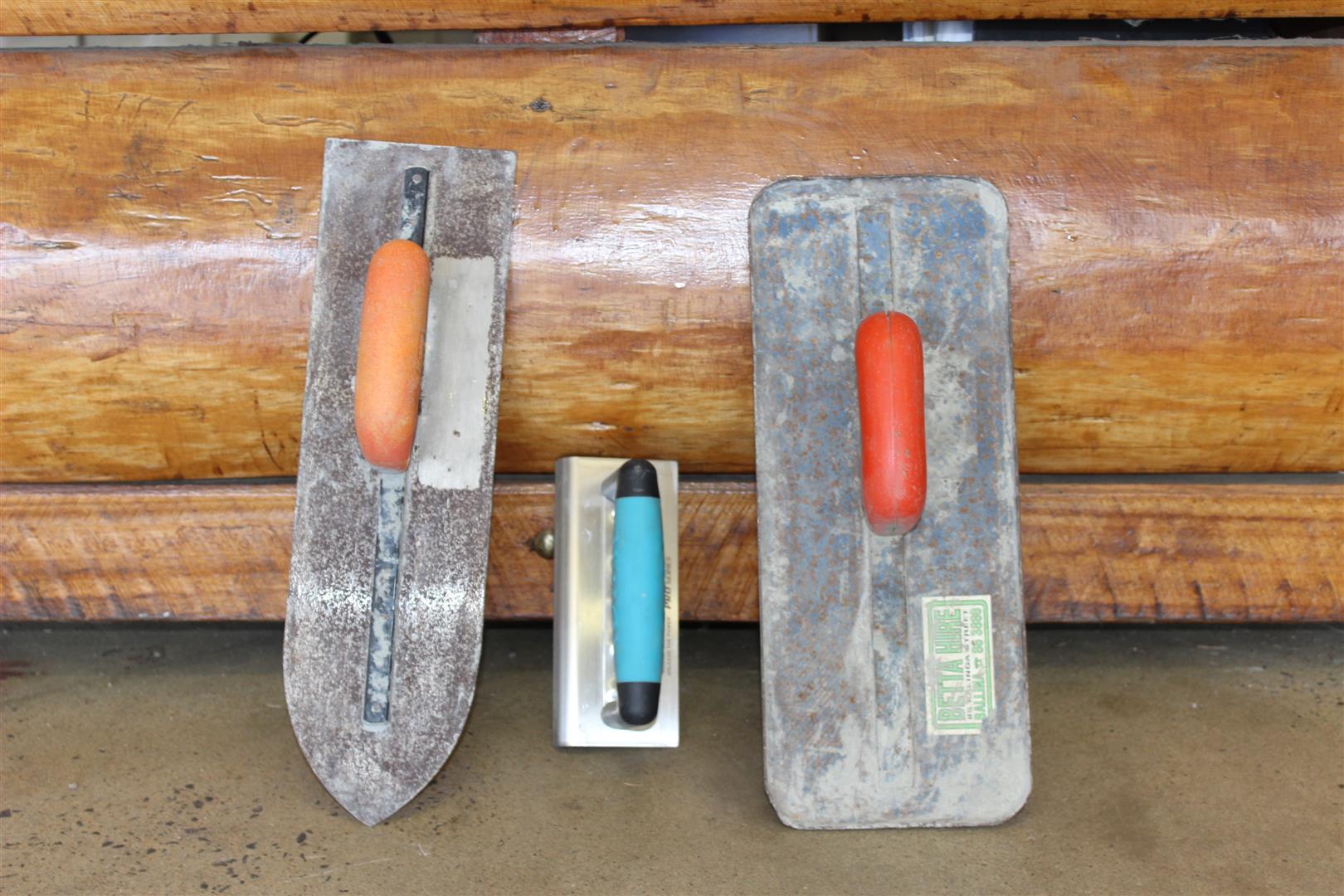
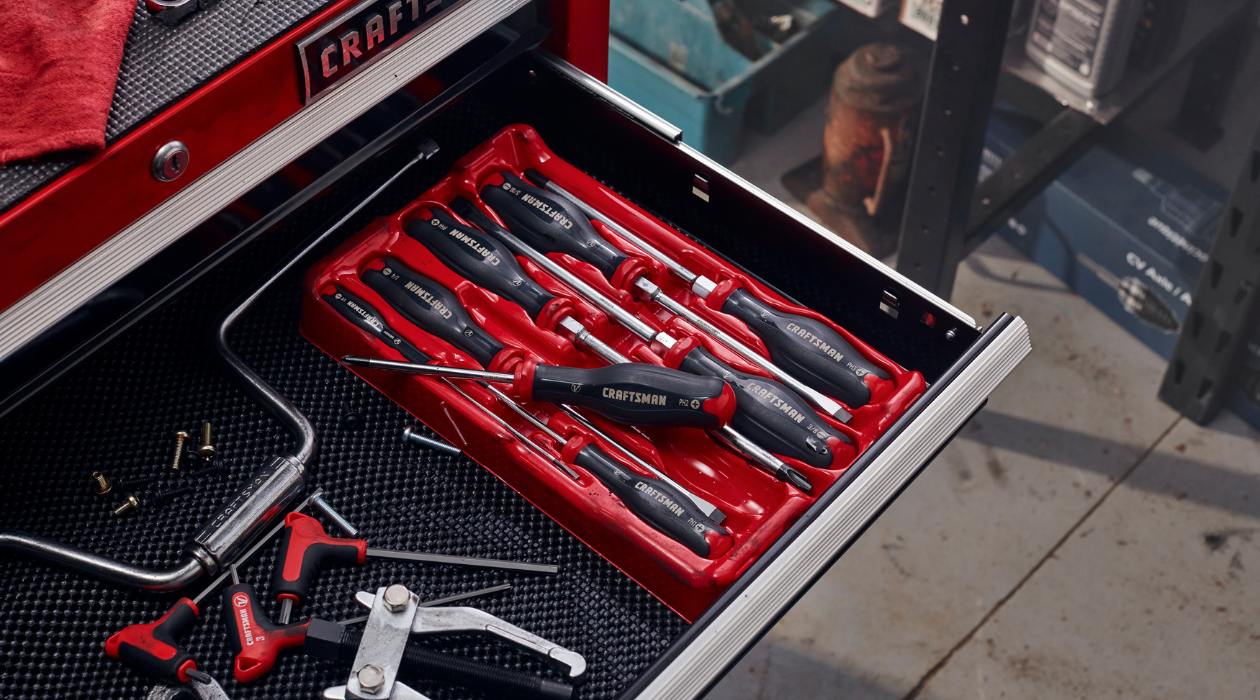
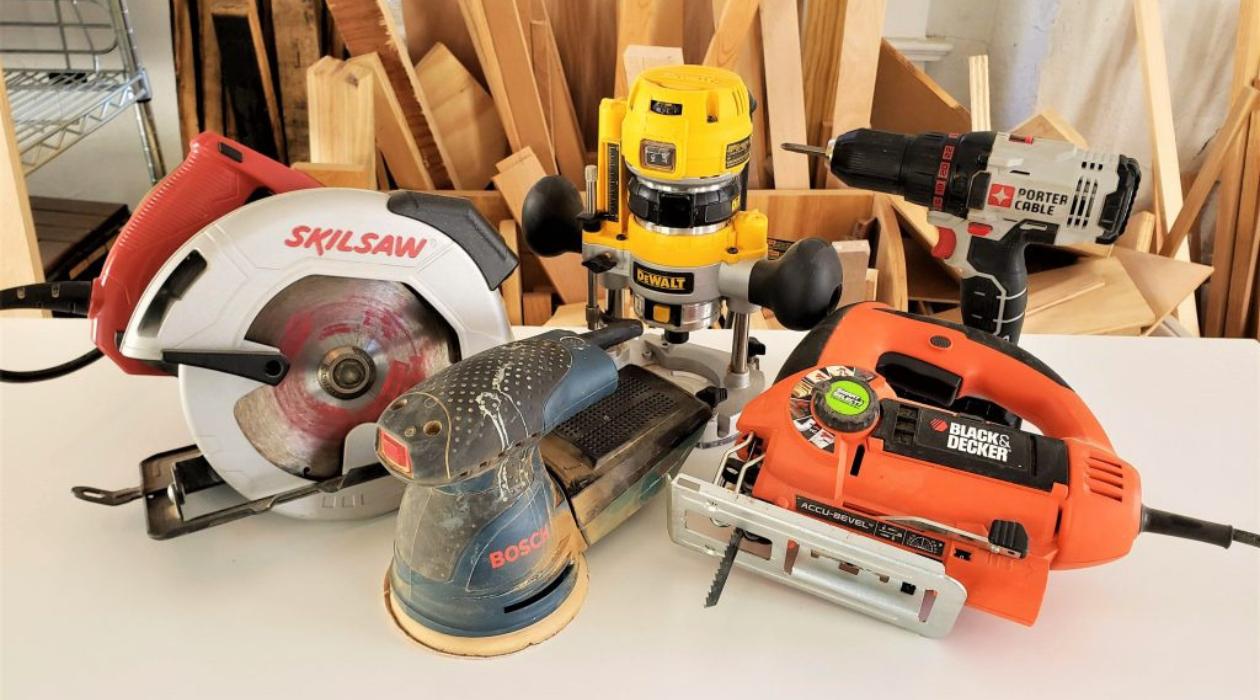

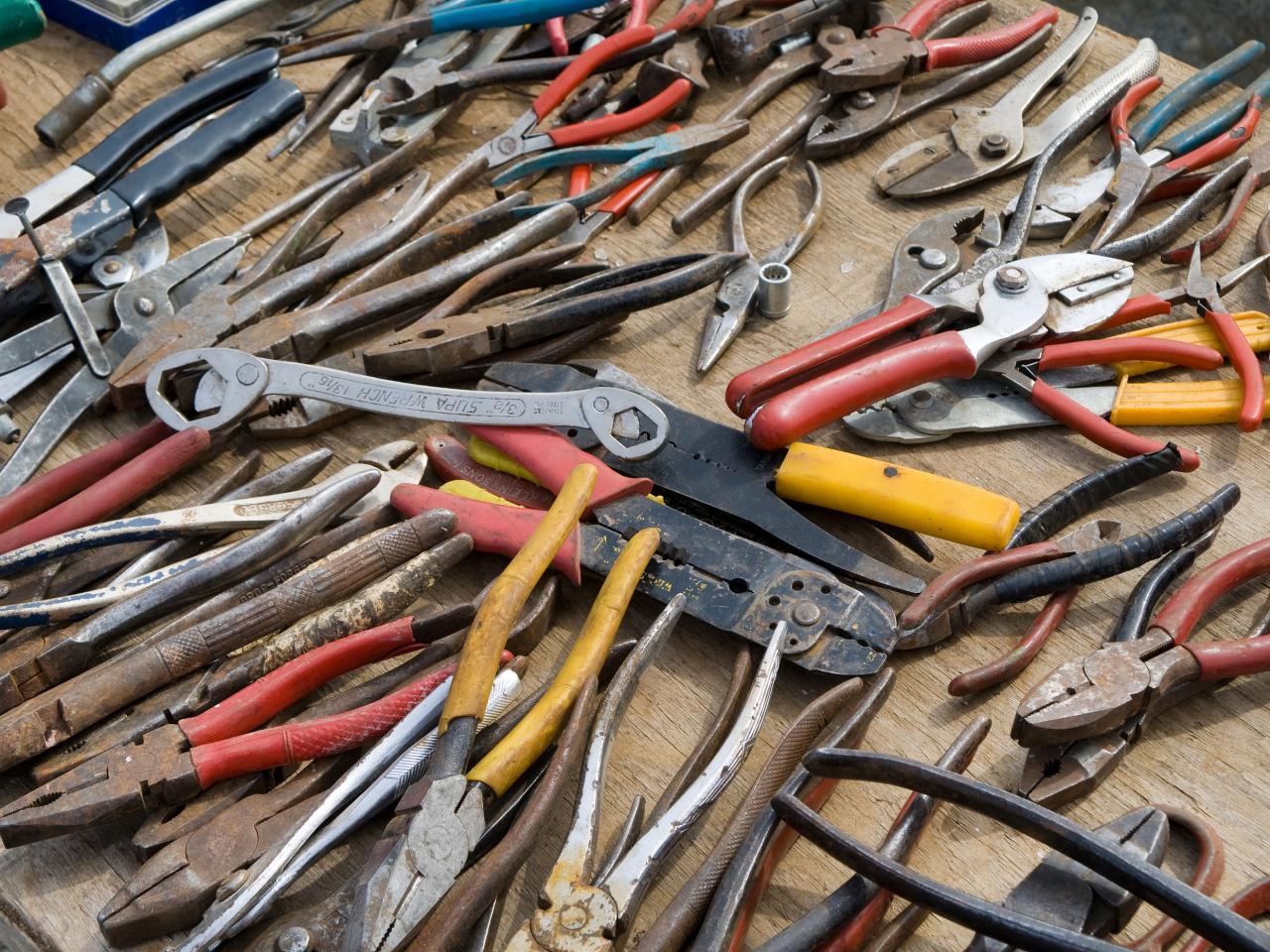
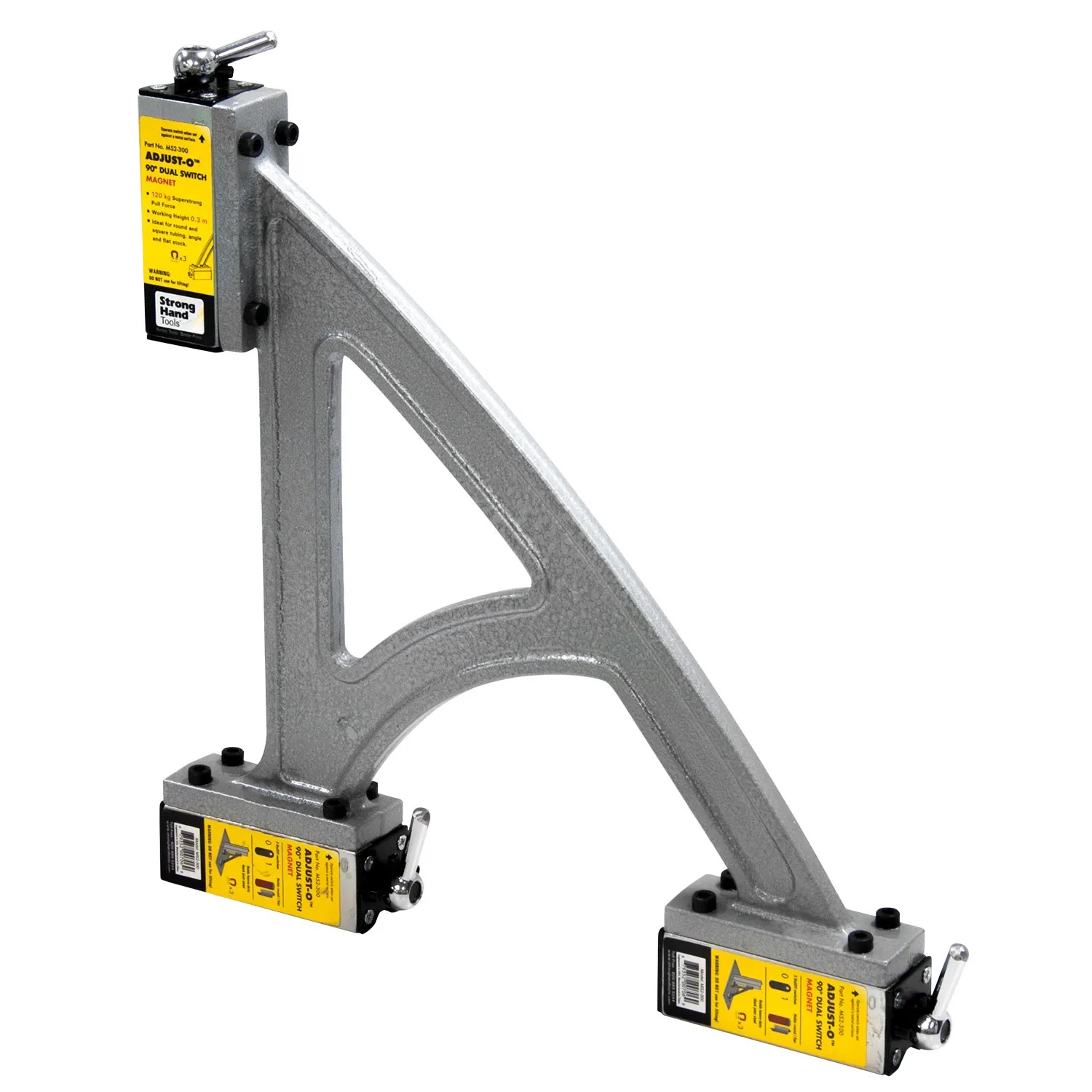
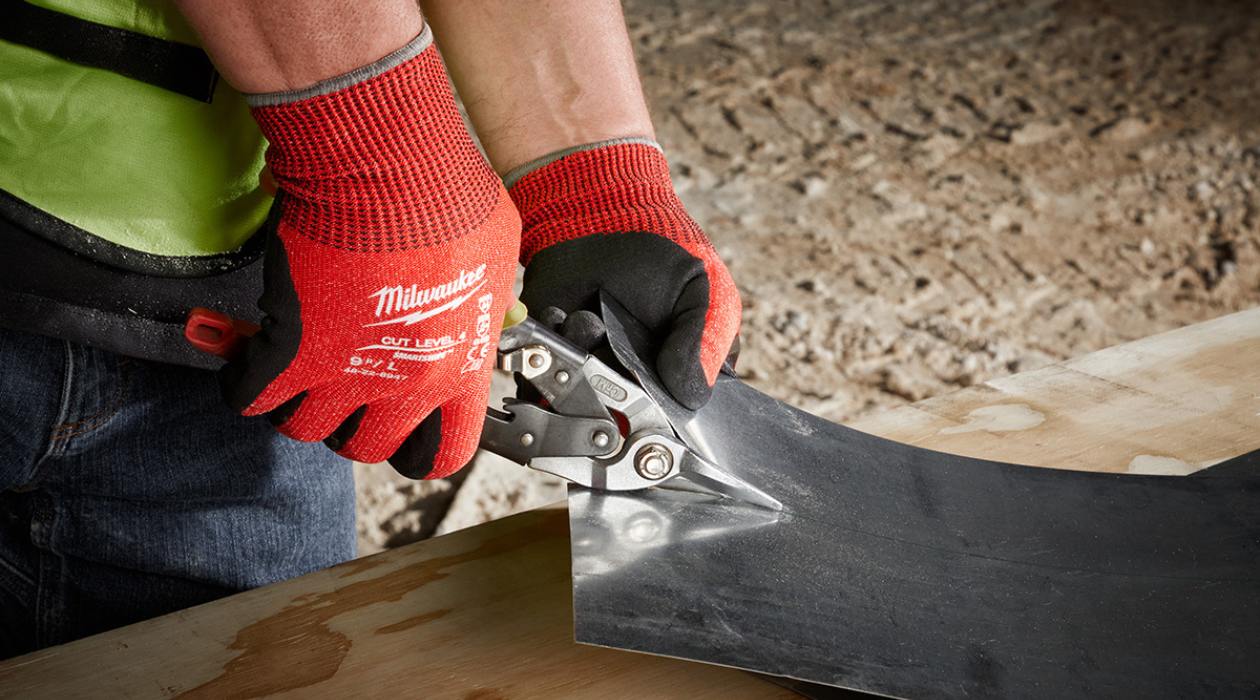
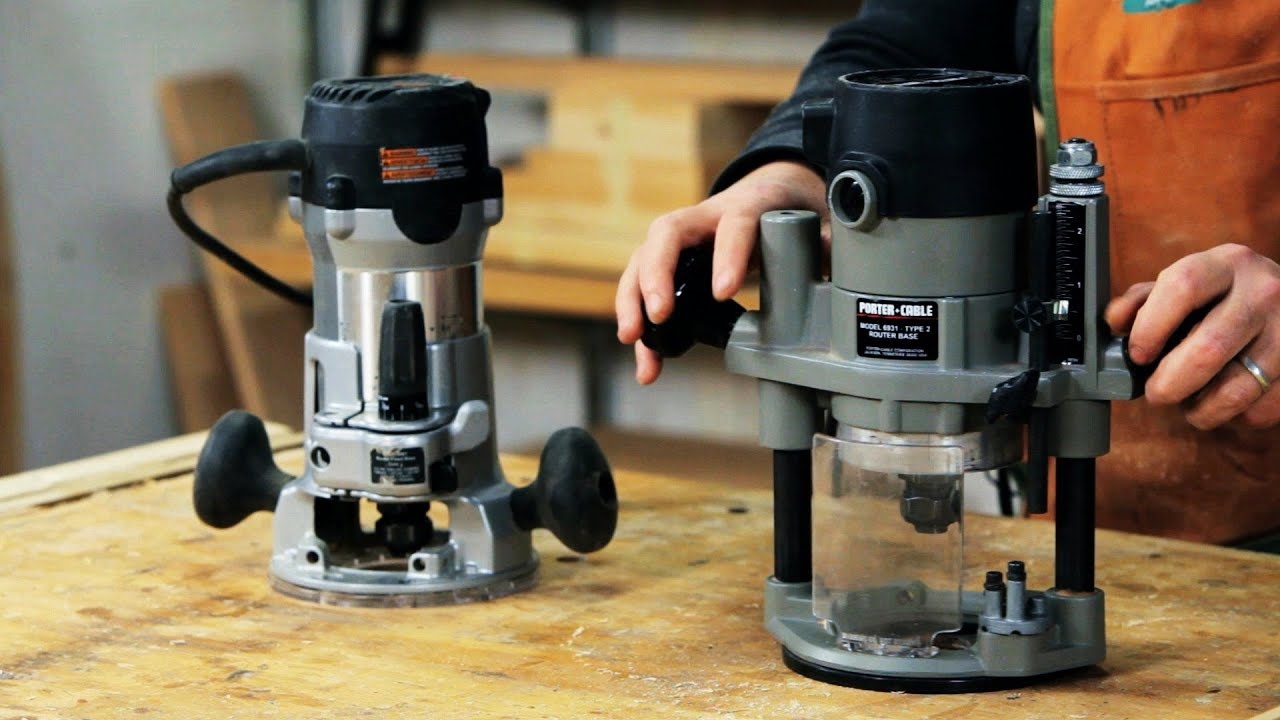
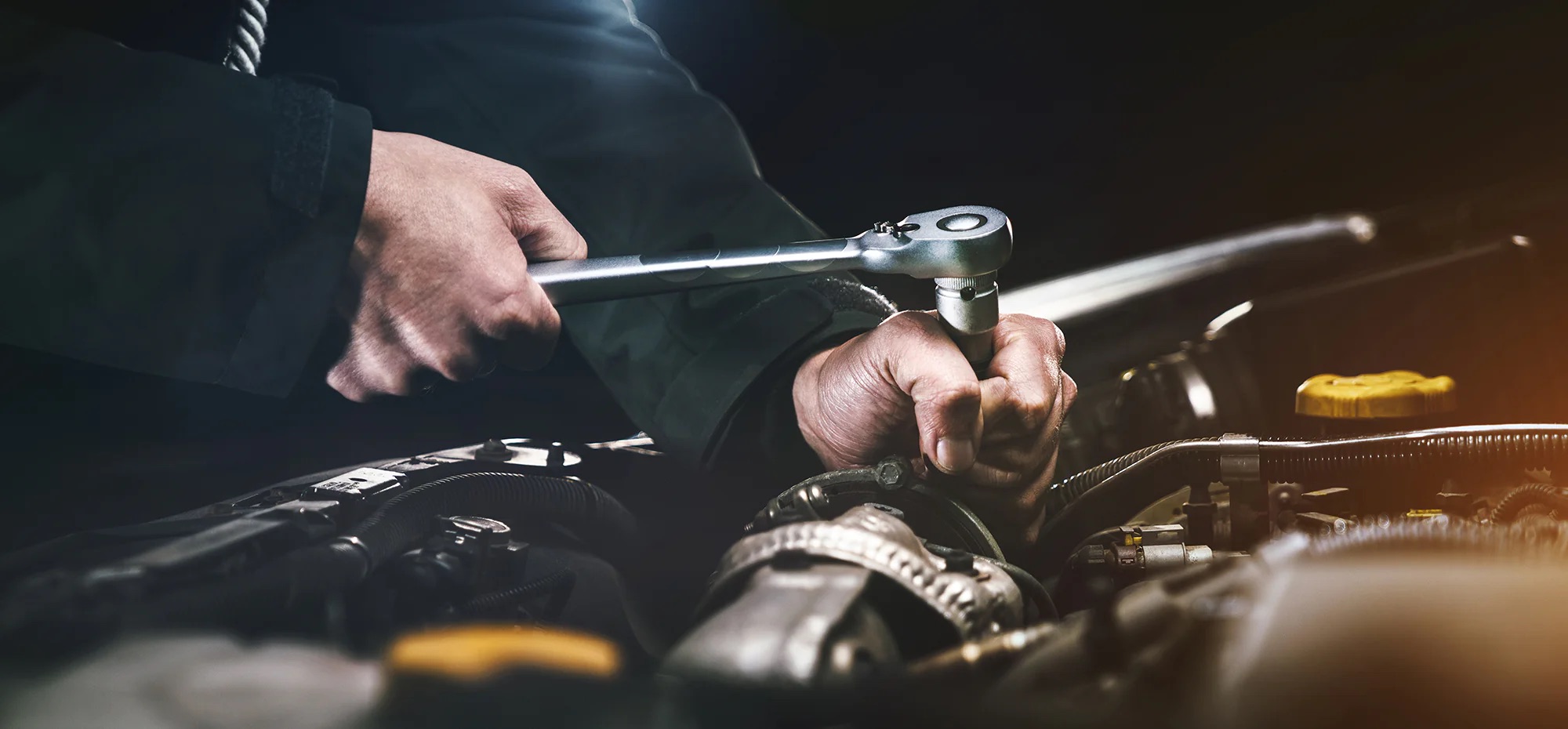
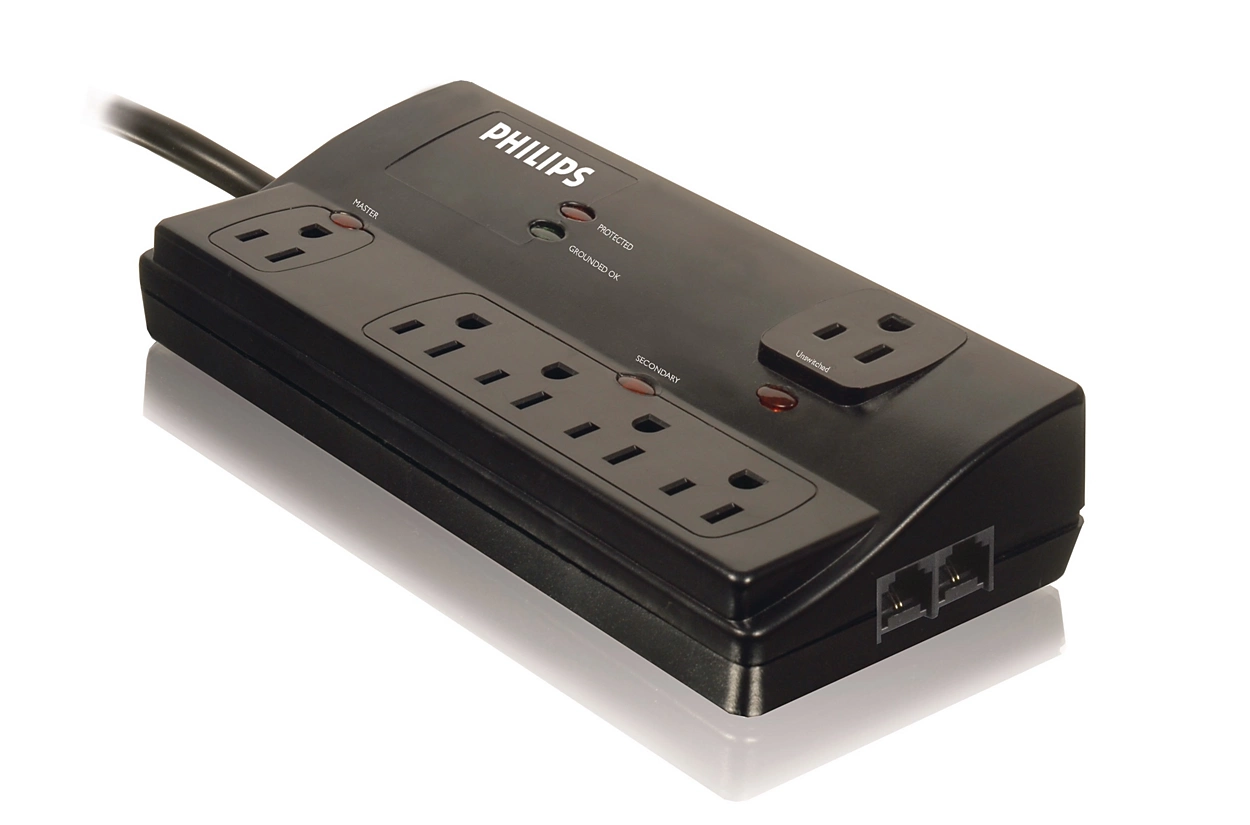

0 thoughts on “What Hand Tools Should I Buy”